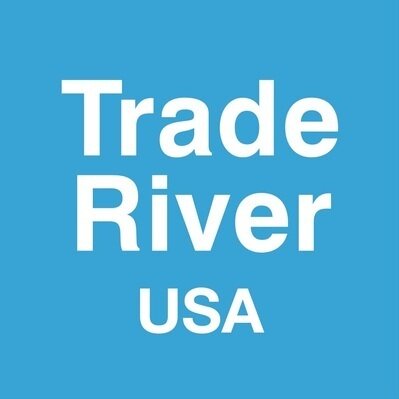Coronavirus: A Practical Approach to Supply Chain Risk Management
While China operations slowly come back online, the global supply chain risk is far from over. Organizations have been getting rocked with unforeseen supply chain disruptions from the coronavirus outbreak and supply chain vulnerabilities. The challenges of supply chain risk management amidst the viral outbreak are being exacerbated by globalization.
While the complexity of disruptions continues, there are several factors to which businesses can pay careful attention to. This includes items to execute and risks to actively mitigate.
Given the origin of the outbreak in China, home to many manufacturers and suppliers; supply has been a cause for concern for many businesses. Many companies have specifically expressed concern regarding inventory due to the inability to ship to vendors in China.
While the outbreak continues, global suppliers must understand the supply and demand risk and consider the impact to supply and production of nations that have been impacted the most. Consumer-facing-companies are also concerned as demand drops off while consumers are under quarantine amidst social distancing efforts.
Supply chains can monitor and effectively measure supply risk via close communication with vendors. On the other hand, demand risk is more difficult to track and/or to anticipate because there are no real geographical constraints. This makes it more difficult for logistic companies to plan; however, observing trends in behavior will help inform strategies.
Businesses must also map out the supply chain. With or without the coronavirus outbreak, it's important for companies to constantly know and understand the location and status of each facet of the supply chain. Mapping the supply chain sheds light and grants access to several tiers of the supply chain along with the logistics between suppliers. If you don’t have visibility, you will need to get it in any case, but especially in the wake of supply chain disruption.
With access to incoming data and supply chain maps, executives can anticipate disruptions and proactively create risk mitigation plans by applying different scenarios and their potential impacts. In fact, this is good practice for supply chains at all times.
Supply chains that rely on one source can benefit from buying more inventory, but risk overstocking. While supply chains that are highly diversified will have more back up plan scenarios to play with.
In the current risk climate, significant uncertainty revolving around supply, demand, and access continues to proliferate. Businesses must engage as many what-if scenarios as possible to remain agile and on their feet.
McKinsey & Company created graphics to help companies problem solve and mitigate supply chain risk.
A typical approach for risk identification is to map out and assess the value chains of all major products. Each node of the supply chain—suppliers, plants, warehouses, and transport routes—is then assessed in detail.
Unknown risks are, by their nature, difficult or impossible to predict, quantify, or incorporate into the risk-management framework discussed above for known risks. Mitigating unknown risks is best achieved through creating strong defenses combined with building a risk-aware culture.
Supply chain risks brought about by globalization and disruption are irreversible. By applying these strategies and employing these approaches organizations will increase their chances of minimizing disruptions.



